An Interview With The Incredible Photographer Gonzalo Benard for MutantSpace
Gonzalo Benard is an incredible photographer from Portugal based in Paris. I’m delighted that he agreed to do this online interview with me. I hope you enjoy it and get some sense of what he’s about, what drives him to create these beautiful images.
M: Hi Gonzalo, I’ve been meaning to ask questions, interview you for months now. Ever since I came across your astonishing photo series ‘B Shot By A Stranger’ many moons ago. So perhaps I’ll start with that. Start there. Start here, with my coming to know your work. There were two things that most captivated me with that series. The first was the images themselves. They were vulnerable, beautiful, captivating, human and had some much depth of soul. Above all they had a natural quality to them which is impossible to pre-empt, set up, create. In other words they had a voyeuristic quality to them which induces a very powerful feeling in the viewer. And this leads me to the second aspect, the process.
When I first saw the ‘B Shot By A Stranger’ series I got very involved in them, they touched me and I couldn’t help but stare at the pictures, create my own narrative for the characters in them, imagine where they were, what they were thinking, where they had been, where they were going and so on.
After that I read your piece on the work and how you recruited strangers online to take part in the project – getting their permission to let you shoot them in private via webcam. It bowled me over, both the images and the process. So I thought I’d find out more about the photographer – you. I thought I’d find more of the same visual style but no. I was wrong. I found a very different Gonzalo Benard. A Gonzalo Benard whose images are very clean, shot in a studio, the light very controlled, the compositions very carefully designed, the work precise, conceptual and seemed to me to be heavily influenced by fine art and dance.
I then read your texts, articles and q & a’s and realised that ‘B Shot By A Sranger’, although very different in style, still asked the same fundamental questions – that all your projects do – about life and our relationship to it and the world around us. The sense I get from what you write about and your image making is that you are always searching. Looking for a way, a visual metaphor, to explain your existence in the work, your relationship to the world. To put it another way, would it be fair to say your work is a series of signposts that you’re laying down as you go through the unexplored forest of your life?
G: Indeed. I’ve been a creator and researcher since I know myself, always fond and ready to experimenting new feelings and livings. With this series “B Shot by a Stranger” I wanted to understand the “loneliness” feeling or concept as I never felt after seeing so many posts about it on social networks from young people and some friends of mine. Once I’ve been always a creator I’m always busy, so I never felt this. By shooting them as a stranger in their own vulnerable beings and moments I could feel and understand a bit more what loneliness is.
The same happens with the the Silent Skins for example. I grew up in a very traditional, catholic and conservative family, and when I told as a kid that I wanted to learn piano and to start ballet dancing I was punished, as it was not something a boy should do. I project that now when I do the Silent Skins, shooting mostly dancers and bringing their way of expressing through their bodies. No matter where I am, in the country side or living in the city, the music I listen to is piano all day, from classic to jazz and contemporary. Right now I’m listening to Nils Frahm while writing. So yes, I tend to go and explore what I don’t understand or what I didn’t feel in my life so I can understand better the humanity, and express my place as equal – being different, in my artistic work. If you want to understand someone different in sexuality, culture, faith, etc, the only thing you can do is having an open and respectful approach.
Knowledge always brought differentness closer. Wisdom, more respect between parts.
M: Your later projects such as ‘Oneness’ and ‘Conversations Around A Table’ seem much more conceptual than your previous series. Is this a measure of your confidence in using photography as a conceptual technique or is it simply a further point along the road?
G: Oneness came once when I was having my morning coffee at the country house and left my mind fly away watching a huge cactus being covered and embraced by roses in an almost lascivious way with all their spikes, questioning myself about being one in nature, as man, woman, animal, plant, and how we all co-exist. When I woke up from the coma I felt bit lost on who I was as I lost some memory (and chronology). I guess some uninteresting memory as I was a living encyclopedia and now we have google so we can save our memory for more useful things. And I needed that, to find who I was in the living world, our limits, our bondaries, our breakable fences as a living being.
There are times where we all feel more animal, more intuitive, less rational. I often see animals in others when I get lost in them. Oneness was a series of self portraits where I needed to rediscover myself in this society, so I did most of them in the morning, just using natural light, and without the Freudian super ego, or what I call the filters of the consciousness ON. So I could be a feather, a horn, a chicken being beheaded prepared to be eaten. I could be smoke or just energy. A living body sweating sex. So I guess that the Oneness was more a study of the self, from where I got out for the search of the other and one’s relation(s).
M: It seems to me that your love of dance, light and the human form is a fundamental part of all your work, your canvas even, but your later work seems more expressionistic in someways, less reliant on the physicality of the image and more on the symbolic nature of the composition, you use more animistic symbols; feathers, bones, tusks, antlers, symbols painted on your face, etc. Could you talk a little about this and how your work has developed?
G: Not long ago I was having a wonderful talk with a photographer, Jungjin Lee, where she told me that on her work the most important part was the emptiness, not the object, like in a dance stage. In fact, knowing her and her work a bit more, you easily understand that she’s the object (no matter if the shot is a pot) and she’s shooting the empty space around her, while existing as such. I was not the horn nor the feather, but I wanted to experiment being one, so I felt it, I got close to it, and I shot my self as one with it. There’s no empty space in my work when I’m there as a sheep skull dancing in a “voodoo ritual” with me. We are one and nothing else exists.
M: In your introductory piece about your series ‘Conversations Around A Table’ you refer to the film ‘Coffee and Cigarettes and the Portuguese love of conversation. I can relate to that not only because I love the work of Jim Jarmusch but also because in Ireland we spend alot of time sitting around talking. Infact, I often think that’s what we’re best at. Usually around a pint though, not coffee. Is your cultural inheritance important to you and how does it inform your work?
G: I always felt that the best part of the party, no matter how great it was, is the silence afterwards, when everybody left. Is there anything better than sitting relaxed at a table talking lost in time with a friend? Yes, even better is when our mind starts digesting the whole thing. When is in silence, enjoying. Like when you make love intensely and passionately with someone. Then it ends… and after a while, and already alone, you close your eyes and you can still feel a bit of the taste, the smell on your skin, the touch.
Maybe the pleasure is in that typical nostalgic Portuguese feeling, but in fact it can be quite pleasant when you’re alone and still have the pleasure. And sometimes the opposite happens, you’re with someone and you leave even being there. It usually happens when you’re not supposed to be there, where the conversation is not that interesting and your mind just leaves and start getting lost with the chit chat, when we start dreaming awaken and visualizing things, people naked around you, animals taking the shape of the person you’re with. It’s a way of being with yourself when you’re “imposed” to be with someone else. An escape of the society and all its rules. And I don’t even need a pint for that, it just happens, maybe I have an alembic in my mind. In France it always happen to have the most deep talks without a table; while walking or sit on a bench. There’s also the Portuguese tradition since always, by the main authors, writers, artists and other creators to sit accross the tables at the cafes and bars, like the famous “Brasileira” where Fernando Pessoa used to meet others, and where “he is” still, and litterally still, in bronze, sitting at the table as if in a “tertulia” with whoever may pass by and sit with him. (A must read: The Book of Disquiet).
M: When working on ideas and concepts do you create a series of images around a pre-formed idea/subject or do you sketch, write, take pictures first and let the idea organically grow out of it?
G: I use to let them happen when they come up, but sometimes yes, when I can’t work right then and I’m having a flash, sometimes I do a sketch or I take an abstract note just as a memo, but as it is, abstract to not influence myself, meanwhile I know that my sub-concious will take care of that so I don’t have to worry with it. My work use to be very unconscious, subconscious or even in-conscious, and most of the times it’s only conscious when after sometime someone more rational than me put it down to earth and make me think about what I’ve done. Then it’s when I get rid of a possible emotional attachment I had with it, when I understand it and make it rational or conscious. So I do avoid sketches or written notes. I prefer them to happen when they feel ready to come out from my mind. I like to understand them though, but it’s not important for me, as most of my works are like venting the unknown in a process of feeling. Organically, as you said.
M: You talk much about the coma you were in – it must have been an absolutely dreadful experience – and the time you spent studying in the Himalayas. Are these two experiences central to your work as an artist, a person and how do they shape everything, your art, your process, your search?
G: Both of them were probably my deepest trips in life. I live alone since very young age and always loved to travel and do my trips alone so I can feel them, discover other cultures, other states of mind to better understanding and knowledge, no matter if a life or (half-)death trip like the coma. I remember well the whole process since I woke up that morning where I somehow felt that would be my last day of life to the pre-coma stage which took around 10 hours, and in which there was no concept of body, just mind, like in a painful dialogue between subconscious and consciousness. Here in west we’re “tamed” to use the consciousness and not the subconscious which is a wonderful place to get lost.
In high Himalayas I was studying and living in a monastery where consciousness was not as important as the understanding and exploration of the subconscious, where our best archives are installed. And it’s through it that we can reach the empathy, telepathy, etc. vital to our understanding of humanity and relation with oneself. Even smaller trips like being arrested in Moscow or getting lost in Africa, where you put yourself under proof of existence were important of course. Specially when you never understood the why you got arrested or why you got lost and ended up sleeping with goats. But you learn and grow up a lot facing your own existence. So you grow experience new feelings, and you need, as a human being, to express them somehow, by drawing, painting, doing photography or writing.
M: I’m fascinated by your background as a painter. I’ve never seen any. May I? How did your visual art training affect your photography and visa versa?
G: You can see some of my drawings and paintings online. They represent my past. Photography my present.
It’s curious, and still is for me, as I got the first job to buy a camera when I was 13yo, and immediatly after I had my first exhibition and won a prize which gave me enough money to buy a better camera, and after that I felt mission acumplished and gave my back to photography, going deeper into drawing, sculpting and painting, learning with great classic masters of fine arts. However, writing have been alway present in silence, as I never published or show anything written by me, it was part of my private being, which I never left.
My father was curator of the Ancient Art Museum in Lisbon, so I grew up there, and used to take naps when kid in front of my preferred painting: a Hieronymous Bosch! So all my studies were in painting, drawing, history of arts… and maybe because of that I’ve never felt being able to break the rules, which made me feel bit anguished as a creator. My paintings never broke the line of being “nice” and “decorative”, only when I decided to explore my subconscious and started painting some of my childhood “traumas”, the most honest paintings. And when I finished that series… I stopped painting and bought a better camera to shoot them: I was never been able to shoot them well, maybe because I didn’t feel I had too, I started playing with the camera and forgot the painting.
On that time I felt I needed an excuse for that, and somehow I had a motorbike accident at the highway which made me rest for sometime with a spine hernia, and afterwards I had a major surgery to my eyes due to a big allergy to cats, so I had to re-educate them to see, and photography (and private writing) helped me a lot on that. I had got the “perfect excuse” to stop painting. But painting background and even history of art studies gave an important knowledge on the use of lights, composition, etc, so self portraits were kind of natural as I didn’t need to be behind the camera and I could express myself the way I wanted using my body.
M: Dance and nature are also fundamental aspects of your work. Could you talk to me a little about that and how they inform your process and image making?
G: I always loved to feel the wind touching and sculpting my body as I always loved skinny dipping to feel my body being sculped by the water. The whole skin being heated by the fire. To dance and move like a fish, to fly and dance like a bird. To feel my barefoot on the ground, naked feeling the wind dancing me. Imagine levitating while being touched by someone else’s hands. It’s a question of pleasure. Pleasure of being alive.
M: Alot of questions but there’s much to talk about when looking at your work. So just to finish up, a few quick things;
I’d be interested to know how you feel about the current economic recession, how it’s affecting Portugal?
Both Ireland and Portugal have much in common; both small Atlantic countries defined by Catholicism, both with strong connections going back to the 15th Century – I believe there’s even an avenue in Lisbon called Almeida Garrett named after Almeida Garrett (1799-1854), a renowned statesman, poet, playwright and writer who came to be called Joao Baptista da Silva Leitao de Almeida Garrett, Viscount de Almeida Garrett – and both in a dire state due to the greed of a few that has resulted in dire consequences for all. History, politics and culture play an important part in my life and I’m interested to know if they play a part in yours?
G: Politics has been always an almost addiction that stresses me the most, and which I always try to get rid of it, not reading news, even if I do it daily, and usually I read a Portuguese, a Spanish, a French and an English newspaper per day. They use to be my furious moment of the day as it makes me feel unable to do something to change.
It’s curious that you’ve mentioned Almeida Garrett; you know when you’re at school and you had to study a writer that really “freaks you out” for no reason? Almeida Garrett was the one that I deeply hate when I had to study his works. Romanticism always sounded fake to me, as if they always hide something so they’re nice and they talk about the beautiful girl at the window with pink flowers when they are thinking about the girl’s naked legs behind it and how much they wanted to have sex with her.
A fait divers like so many in politics… always found that romanticism in literature was what gave birth to pink magazines and books. People usually feel intelligent when they read and understand, so nothing better than pink novels to keep people in a happy state of mind. Portugal has the media controlled by this right wing government and president, and it’s a bit inspired in romanticism, so they can be the most corrupt and keep saying that life is beautiful and hunger is wonderful for us to search the spirituality by fasting, or unemployment an excellent way to start a new life somewhere else. The president must love Almeida Garrett, he’s the main responsible for this crisis when he was prime minister and his close group of friends founded a bank that became the biggest fraud in Portuguese history. After that he became President of Republic. The romanticism and the fado allied to the Catholicism that keeps saying suffering is a bless, with the weight of the sin smashing you. However, as Portuguese Nobel José Saramago said once: “It’s not porn that is obscene, hunger is obscene.” , the government+president are just an endless orgy between banks, politics, laws, catholic church, media & Co.s.
M: What are you working on now and do you have any upcoming exhibitions?
G: Oneness closed, time to start a new series of self portraits, this time about the mind, in this case, and once I’ve been moving and with several things happening after the sabbatical year, like moving between Barcelona to Lisbon to Paris, my father’s death, etc), I did some sketches to not forget, and a note that you can read in my blog (where I’m putting my essays, texts, interviews and articles), maybe the need of silence since I arrived to Paris where I’m living now.
The B Shot by a Stranger will be exhibited in few months, and a major exhibition in 2 capitals at their main Cultural centres based in the book “The Imaginary Beings” by Jorge Luis Borges to which I still have to create the whole series for the second half of 2013.
Finally a project to which I was also invited to do, that has big meaning to me: an escenography in a major Opera theatre here in France, for a ballet mixed with contemporary dance show, to where other great artists that I most admire like Jean Cocteau did at their times, but this will involve more multimedia, not only photography/still image, also video and live streaming.
Meanwhile, I’m doing a new webcam series: Cyber Portraits. The Cyber Portraits project is about our idea of others that we call friends but whom we never saw, smell or felt in real life. We see them through webcam, we talk, we do everything… but it’s a relation that is often blurred, pixelated and specially that can be deleted or cancelled anytime, not leaving traces, like in a real one. I want to explore these cyber relations just with cyber portraits, almost as mug shots.
M: If people wanted to check out any of your books; ‘B Shot By A Sranger’ and ‘Oneness’ where could they find them and how much to they cost?
G: They’re digital editions of author, so they can only be previewed and purchased online and I’m really happy with the amazing quality they have as art books.
M: I loved your latest interview with Jim A Mortram in ‘Camera Obscura’ – a fantastic photo ezine with indepth interviews and articles that’s a delight to read, especially if you’re involved in photography – and am wondering how the site is going and what your involvement in it is?
G: CO-mag has already several years, always done by its founder Fabiano Busdraghi, an Italian photographer and physicist living in Paris, and recently when I moved to Paris we were talking and I told him the need I was having of writing more, and publicly for the first time. So it happened, I started writing and doing some interviews to be published there, and it has been great to push me and help me jumping on writing. Only recently I started organizing in wordpress my own writings, essays, notes and thoughts. Soon I might start some other collaboration in an American magazine also, kind of art correspondent in Paris. And I must say that I enjoy writing almost as I enjoy photography, as a deep need of creating no matter the mean I use.
I’ve been always a free soul, sometimes connected with my body. Some other times not. So I never get in.
M: Many thanks for doing this interview Gonzalo I know you’re busy. I’ll be keeping an eye out for the exhibitions so keep in touch and hope things keep going well. Take care.
So there you have it. Hope you all enjoyed it. And please, please, please go check out Gonzalo’s work.
–
interview to Gonzalo Bénard by Moray Bresnihan for MutantSpace, in Nov. 2012
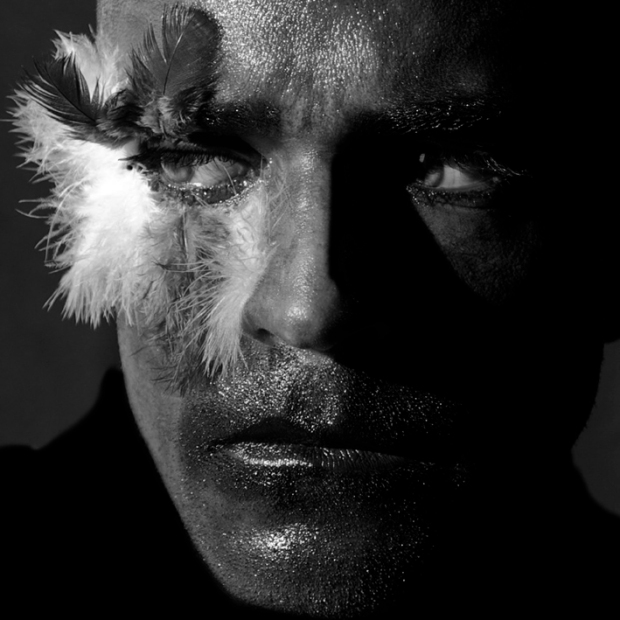
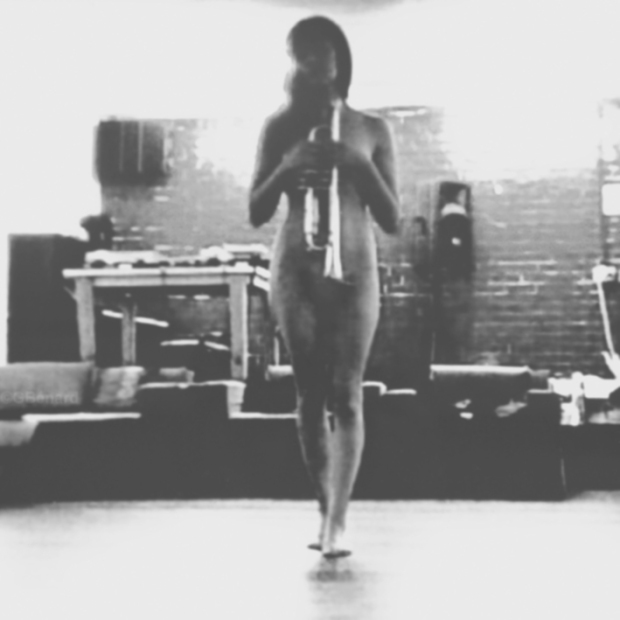


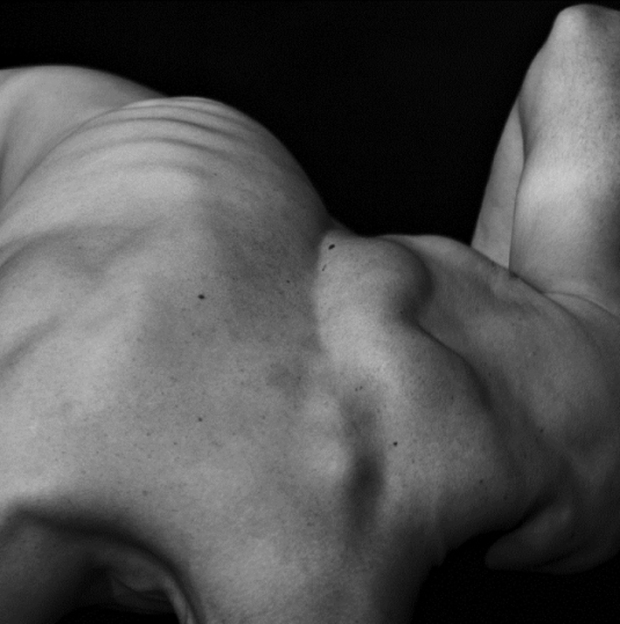

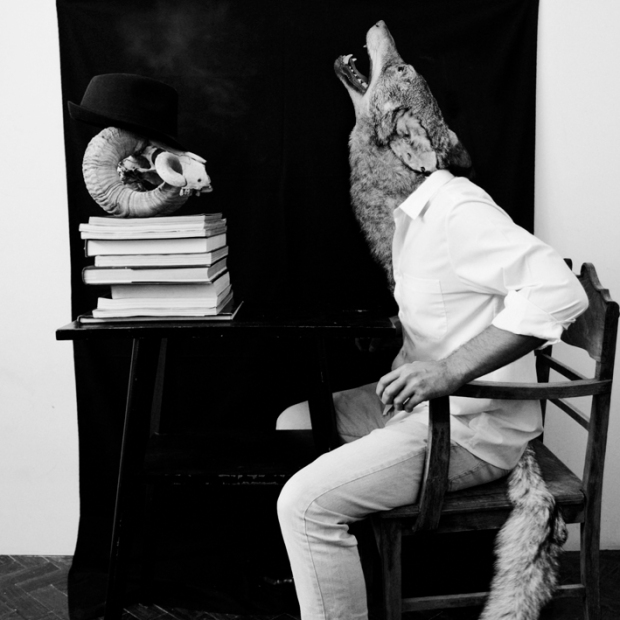
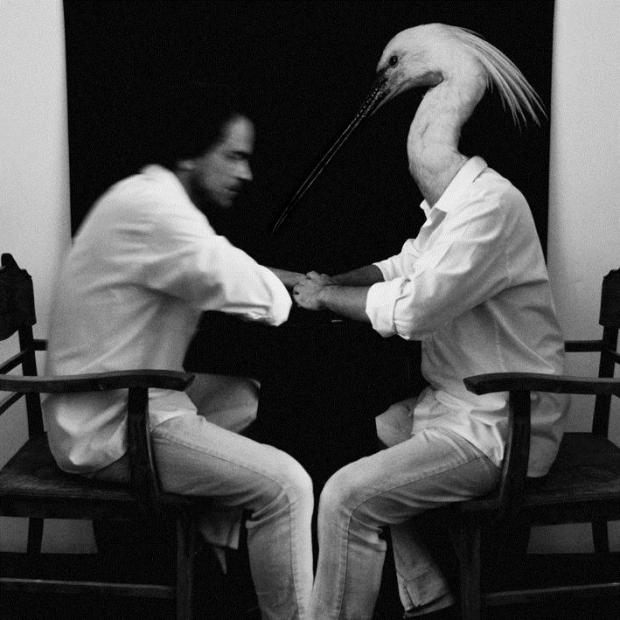



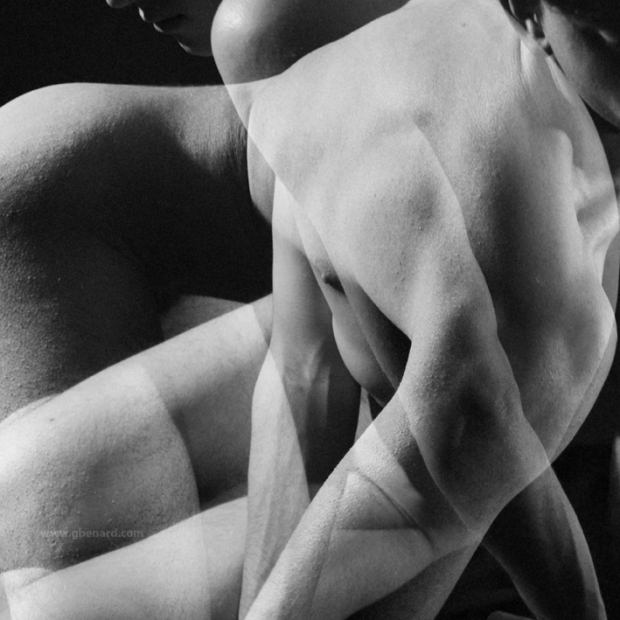







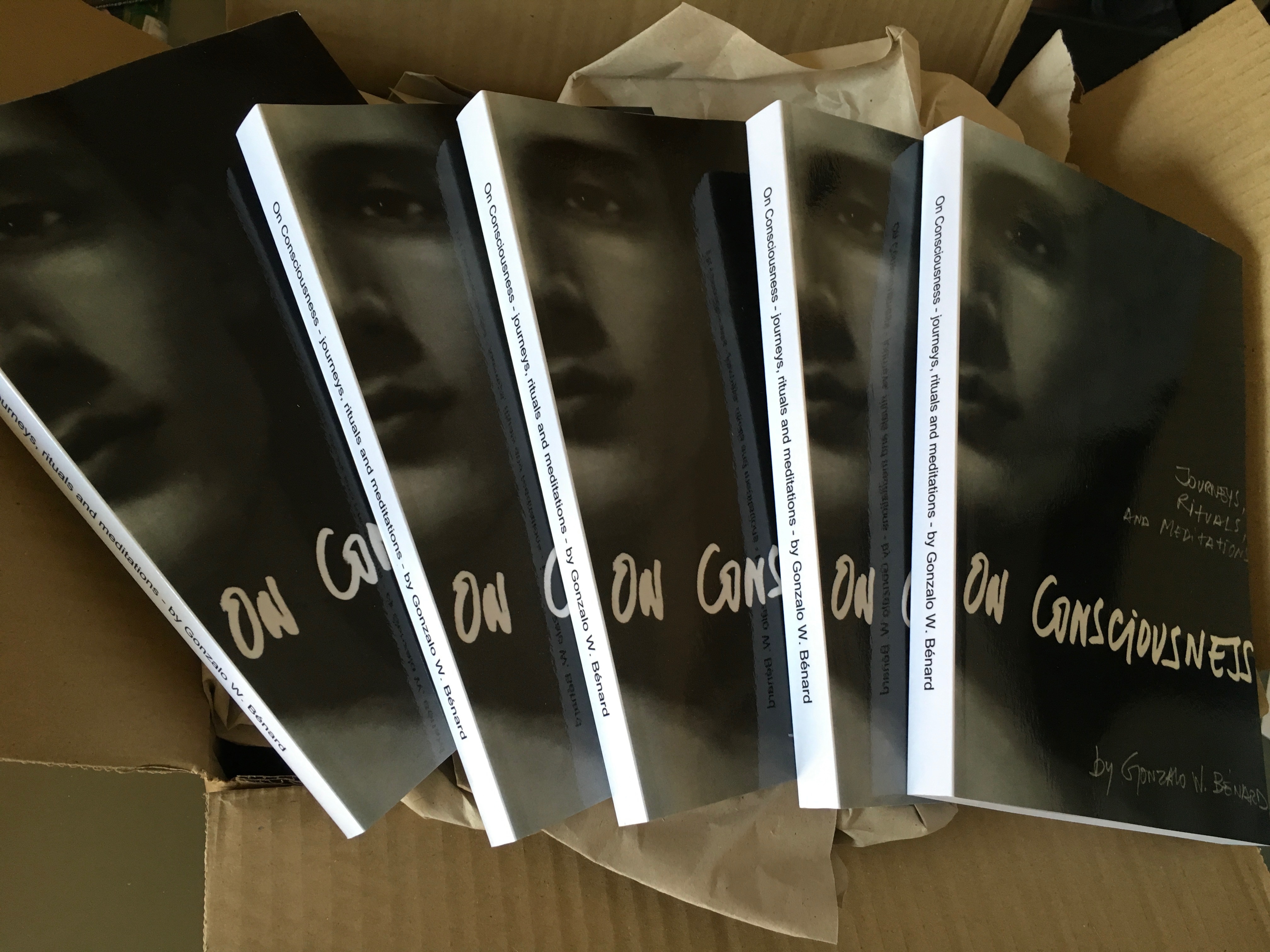
Pingback: The Hard Softness (NSFW) | 2HeadS
Pingback: The Roma Project, by Kieran Kesner | 2HeadS
Pingback: The World of Reality by Yuichi Ikehata | 2HeadS
Pingback: The Innocence of a Bird | 2HeadS
Pingback: Nude – a Body of Dance | 2HeadS
Pingback: The ghosts that surround us. by Maria Louceiro | 2HeadS
Pingback: Un Soir Place de la Bastille | 2HeadS
Pingback: Portraits of Writers | 2HeadS
Pingback: Paris Photo 2013, a Safe Place (NSFW) | 2HeadS
Pingback: Conversations Around the Table | 2HeadS
Pingback: Some Blogs I Follow | 2HeadS
Pingback: An Art Book for XTmas! | 2HeadS
Pingback: Season Greetings! | 2HeadS
Pingback: Oneness | 2HeadS
Pingback: Music, Photography, Video | 2HeadS
Pingback: 2013: The Interviews and The Photographers | 2HeadS
Pingback: Notes On: Persian photography | 2HeadS
Pingback: Notes On: Crossing Borders | 2HeadS
Pingback: The Awakening of the Self | 2HeadS
Pingback: Enrico Natali and other people. | 2HeadS
Pingback: Philip-Lorca diCorcia in the Street | 2HeadS
Pingback: GBénard and Co. | 2HeadS
Pingback: The Nude: Why? (NSFW) | 2HeadS
Pingback: Danny Fitzgerald and Les Demi Dieux: Brooklyn Boys (NSFW) | 2HeadS
Pingback: Music and Photography: by Neurotic Mass Movement | 2HeadS
Pingback: Exhibitions: Go! | 2HeadS
Pingback: David Szauder the Glitched PixelNoizz | 2HeadS
Pingback: Emmet Gowin and his revelations. | 2HeadS
Pingback: Noh, Pop and Morimura | 2HeadS
Pingback: I left but I’ll be Travelling. | 2HeadS
Pingback: Nude Thoughts with Gonzalo Bénard | 2HeadS
Pingback: Ben Zank in Suit (NSFW) | 2HeadS